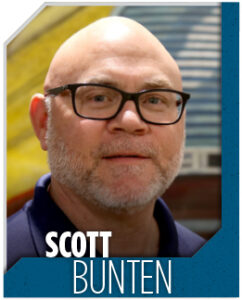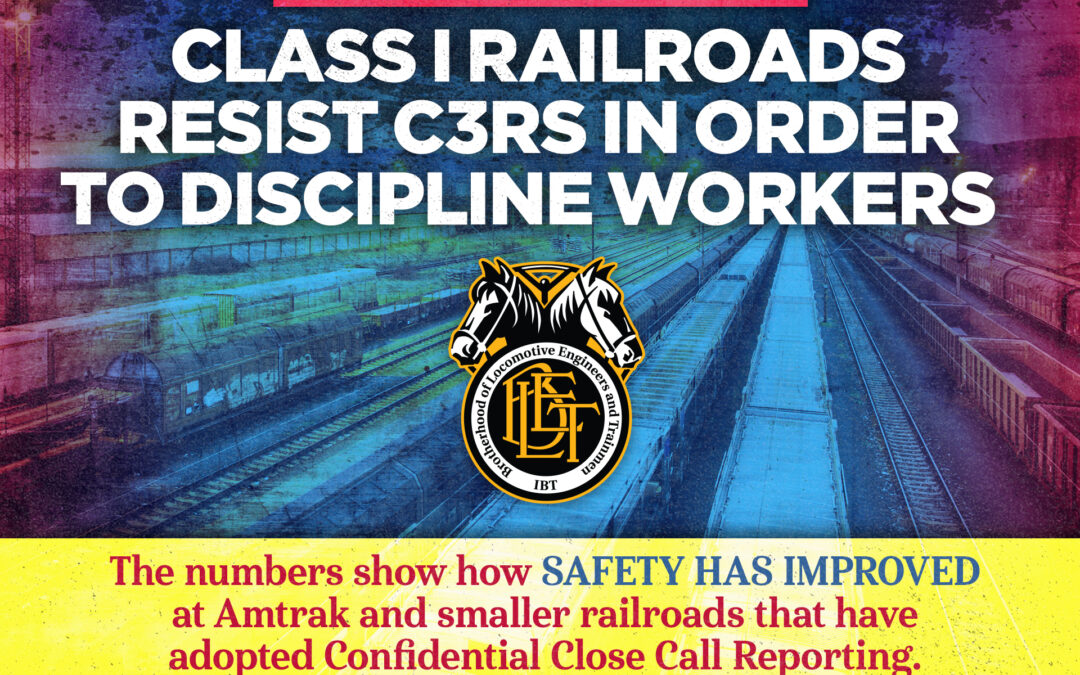An investigation released last week on railroad safety from the Howard Center for Investigative Journalism at the University of Maryland — later broadcast on NPR, published in newspapers such as The Washington Post, and distributed by the Associated Press — quotes two BLET leaders. The report by the school of journalism examines how safety has improved at Amtrak and smaller railroads that have adopted Confidential Close Call Reporting (C3RS) and compares that with the Class I railroads that have largely spurned the safety system.
The Class I railroads have resisted confidential reporting because they want to maintain the ability to discipline workers and hold them responsible for reporting unsafe practices. In contrast, Amtrak and some short line and regional railroads that have used C3RS can point to studies showing their participation has reduced accidents by approximately 20 percent.
Vince Verna, BLET Vice President and National Legislative Representative, was quoted as saying that the biggest freight railroads see C3RS as a “get-out-of-jail-free” program for railroad workers. Verna had served on C3RS working groups for the past 20 years, until the FRA disbanded them in mid-August 2025. Verna clarified, “It’s not a ‘get-out-of-jail-free’ program, it’s a don’t-shoot-the-messenger program.”
 “If we could get all the (workers) involved in it, maybe we could avoid an East Palestine in the future,” BLET General Chairman Scott Bunten, NS-Eastern Lines GCA, was quoted as saying in the investigative report. Bunten should know. An exception to the rule, he is involved with a C3RS program BLET is piloting with Norfolk Southern at three terminals (Roanoke, Va., Elkhart, Ind., and Atlanta, Ga.).
“If we could get all the (workers) involved in it, maybe we could avoid an East Palestine in the future,” BLET General Chairman Scott Bunten, NS-Eastern Lines GCA, was quoted as saying in the investigative report. Bunten should know. An exception to the rule, he is involved with a C3RS program BLET is piloting with Norfolk Southern at three terminals (Roanoke, Va., Elkhart, Ind., and Atlanta, Ga.).
“We go through a lot of people’s backyards on the railroad. I think the general public doesn’t know it, but they have a huge stake in C3RS as well,” he added.
Every Class I railroad declined requests for interviews with the Howard Center about C3RS.
Read the full article here.

